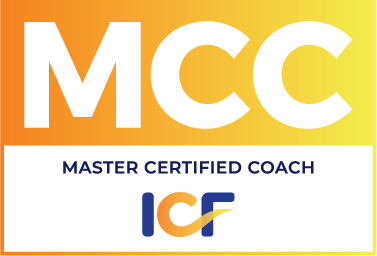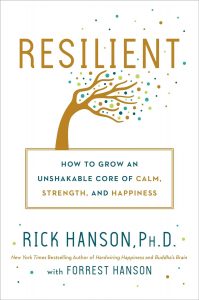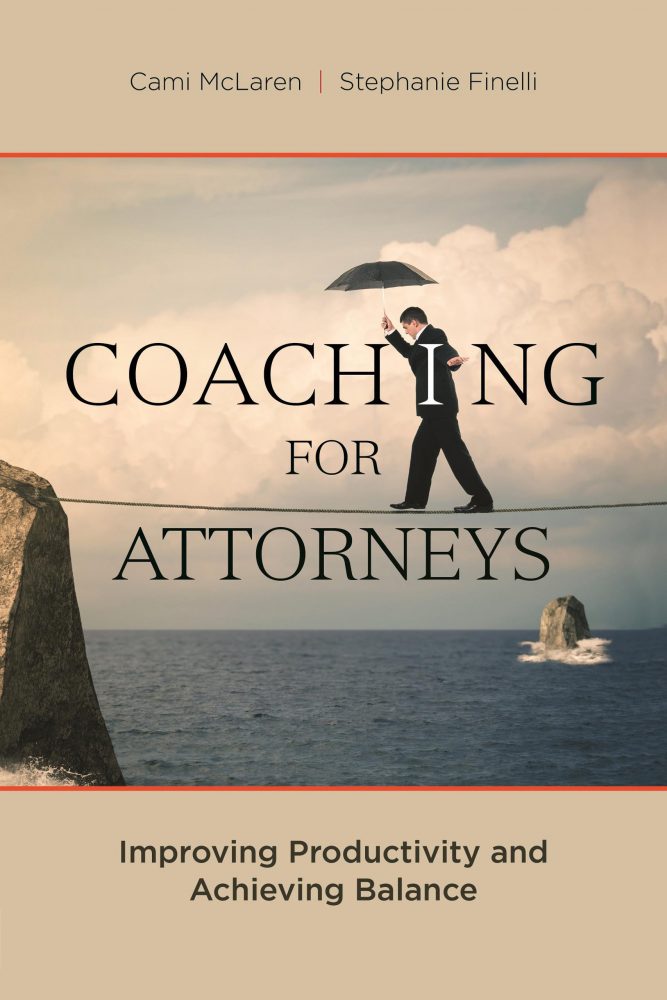Over the last several months, I have written a series of blog posts on feedback – both how to give it and how to ask for it. I recently had an experience that reminded me of a particular aspect of feedback that I thought I should share. Several months ago, I applied for a panel position as a coach for a large organization. After the application process, I was given a phone interview. A couple of months later, I received an email from the interviewers that said this:
“Your background is very impressive and we appreciate the time you spent with us describing your areas of expertise particularly….Given the focus and audience for our program, we do not see a fit at this time. Should that change or, if requests for specific areas arise, we will contact you.”
Now, this blog post could easily turn into a conversation about rejection and how to deal with it. But I have gone through so much of what Jai Jaing calls “rejection therapy,” (http://www.mclarencoaching.com/making-friends-with-re jection/), that I don’t see the NO’s as “rejection.” The interpretation of NO as rejection carries a quality of having been rejected as a person and I don’t believe that is true. My own view, as a business owner, is that it takes so many NO’s to reach a certain number of YES’s and so I see the NO’s as a gift and an important step in moving toward the YES’s. Indeed, my personal philosophy is, as I recently read from Suze Orman, “When one door closes, another door opens as long as you are willing to keep knocking on doors.” (Success magazine, March 2015, emphasis added.) (Oh look – it did turn into a blog post on dealing with rejection!)
jection/), that I don’t see the NO’s as “rejection.” The interpretation of NO as rejection carries a quality of having been rejected as a person and I don’t believe that is true. My own view, as a business owner, is that it takes so many NO’s to reach a certain number of YES’s and so I see the NO’s as a gift and an important step in moving toward the YES’s. Indeed, my personal philosophy is, as I recently read from Suze Orman, “When one door closes, another door opens as long as you are willing to keep knocking on doors.” (Success magazine, March 2015, emphasis added.) (Oh look – it did turn into a blog post on dealing with rejection!)
Back to receiving feedback. We live in a feedback-poor world in one sense. Because many people are not comfortable giving specific feedback, those who most need it don’t receive it and are shooting in the dark when seeking to improve themselves and their skills and professional abilities. Note the email I received and quoted above. First, it praised me in a general fashion. Then it said we are not a “good fit.” This phrase seems to have taken over as a euphemism for “this won’t work; we are not going to hire you; you don’t have what we need; and we’re not going to tell you why, but we don’t want to hurt your feelings.” It  conveys absolutely no information. It’s just a nice way to say NO. But what if you are a person who does wish to improve. (And if you are a business owner, you certainly are one of these people.) What do you do in this type of a feedback-poor situation?
conveys absolutely no information. It’s just a nice way to say NO. But what if you are a person who does wish to improve. (And if you are a business owner, you certainly are one of these people.) What do you do in this type of a feedback-poor situation?
What if I would like to know how to better come across in the future with these types of opportunities? I said above that we live in a feedback-poor world in one sense. This is because in the places where we need feedback – doing our jobs, serving on boards, being a parent, friend or spouse – we often do not get the type of direct and clear feedback that we need to improve those relationships and jobs. But in another sense, we live in a feedback-rich world. The fact is that everything is feedback. The problem is how to interpret feedback that is not clear or direct. Here’s what I did:
1. I emailed back and sincerely asked them if I might get more information from them. They have not given it yet. Note to feedback-givers (and you are all feedback-givers): please be free with your specific feedback especially where it is requested. It is invaluable.
2. I checked around with other people I know who had been peripherally involved in the process and I found that a colleague who I greatly respect did in fact have feedback for me. She said, “I’m going to give it to you straight” and then delivered what she knew. I cannot tell you how grateful I am personally and professionally for the delivery of “straight” feedback.
3. I took the information I received and I thought about it – a lot. It still was not much information so here are the steps I followed in learning from this unclear feedback:
a. What can I learn? I asked myself how certain interpretations of me could have been made. I understood some of them and some of them I did not. Some of the interpretation was at odds with the vast majority of feedback I have received in the past. But here is the thing to remember. My goal was not to make myself feel better. So I did not make them wrong. This is important. The goal in receiving feedback is to see what you can learn about yourself for improvement going forward. Since they are not responding and I cannot ask direct questions, I reflected on our conversation to see if I could figure out my part in what they interpreted of me. Yes, I am guessing, but it does open the door to my taking a closer look at my behaviors and what they mean to certain people. I also talked to colleagues about the feedback to help me think about how to interpret it. It’s harder to do it in your head.
b. What will I do with it? In the end, I separated out the pieces I felt I could improve upon from the pieces that I felt were not important to me. I put steps in place to improve the parts I could. Even though much of this was guesswork, it provided me the opportunity to reflect on myself and my behavior and gave me a valuable glimpse into how at least some people read me. That is amazingly valuable.
c. Looking for patterns: Another thing I did with this information is I looked back over my memory to see if there was anywhere in my life that I had received similar feedback. And I will also store it away to see if in the future I receive similar feedback. Sometimes you will hear something about yourself and it will sound so bizarre and yet, you will remember you have heard this about you before. That is the feedback you want to pay attention to.
Note this process was done without negative or self-beat-up energy. That is partly because I was clear to not feel rejected by the “no” or attacked by the feedback. It is just information and it is information I need. I know – easier said than done. But if you can clear away the negative feelings (and this may take a few days) ultimately, you can analyze the feedback and decide how much of it to use.
d. Implement and let go: It may sound like I spent a lot of time dwelling on this. I didn’t. It was an intentional discrete effort to interpret. Then I put action steps in place and I let go of the experience. This process of learning was – surprising to me – also a great way to feel complete with the experience, learn from it and move on.
So here’s your opportunity to take the information you receive and work with it to learn and grow in business and personal areas. It takes some courage and awareness. But you can do it.







